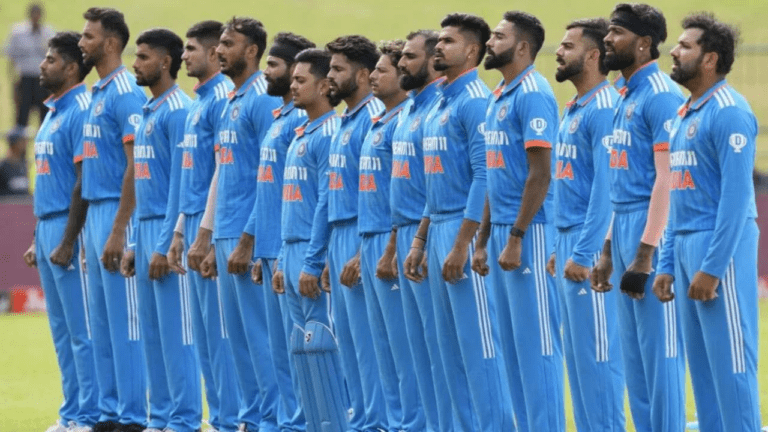Exploring IPL’s Influence on Indian Cricket Commentary
Online Cricket ID, 11xplay: The landscape of broadcasting is constantly evolving, adapting to the ever-changing preferences of viewers. The emergence of digital platforms has revolutionized the way people consume media, leading to a shift away from traditional TV channels. With online streaming services becoming increasingly popular, broadcasters are now faced with the challenge of capturing and retaining audience attention in a highly competitive environment.
Additionally, the rise of social media influencers and content creators has brought a new dimension to broadcasting. These new commentators often have significant followings on platforms like Instagram, YouTube, and TikTok, allowing them to reach a wide audience and influence popular culture. As a result, traditional commentators are facing pressure to adapt to these changing trends in order to stay relevant and engage with audiences in a meaningful way.
Emergence of New Commentators
As the landscape of broadcasting continues to evolve, there has been a notable influx of new commentators entering the fold. These emerging voices bring fresh perspectives and diverse styles to the world of commentary, catering to a wide range of audiences across various platforms. With the rise of digital media and social networking, these new commentators have found innovative ways to engage with viewers and listeners, effectively carving out their own niche in the industry.
One of the key reasons behind the emergence of new commentators is the democratization of media platforms. With the accessibility of tools and technologies, individuals from diverse backgrounds are able to share their insights and opinions on a global scale. This has paved the way for a more inclusive and dynamic commentary scene, allowing for greater representation and diversity in storytelling and analysis within the realm of broadcasting.
Challenges Faced by Traditional Commentators
Adapting to the rapidly evolving media landscape presents a significant challenge for traditional commentators. With the rise of social media platforms and digital streaming services, the way audiences consume content has shifted dramatically. Traditional commentators now face the dilemma of reaching and engaging with viewers who have diverse preferences and habits when it comes to accessing information and entertainment.
Moreover, traditional commentators must contend with the fierce competition brought by new voices entering the broadcasting arena. As emerging commentators leverage their online presence and innovative formats to attract audiences, traditional broadcasters find themselves struggling to retain their relevance and appeal. This intensifying competition not only poses a threat to the longevity of traditional commentators but also necessitates a reevaluation of their strategies to stay competitive in today’s dynamic media landscape.







